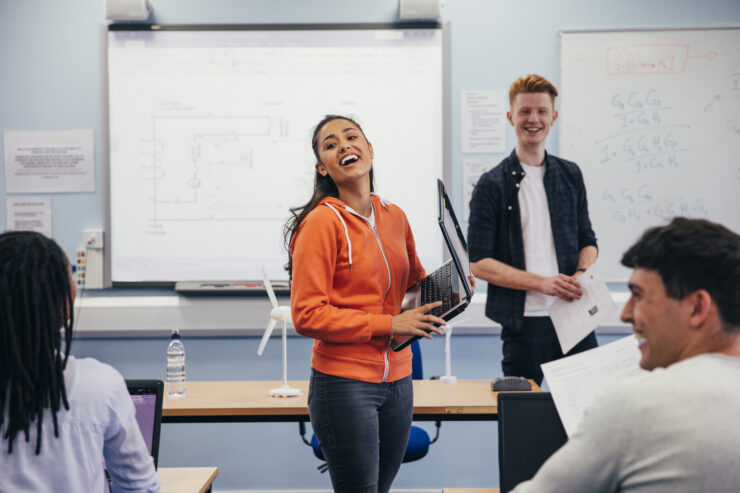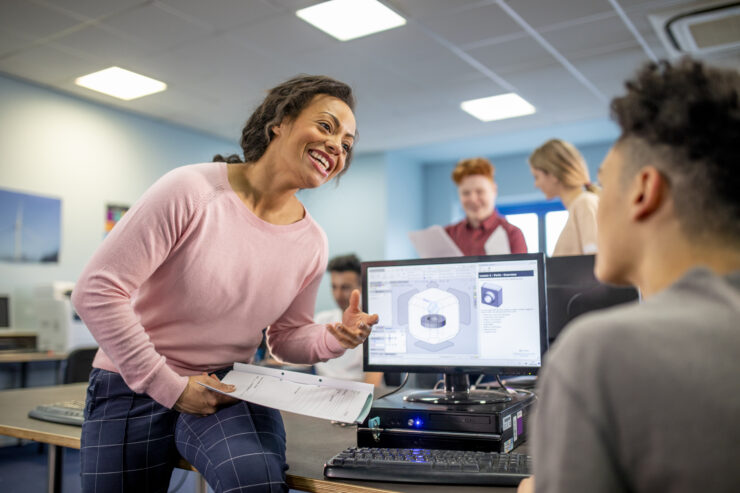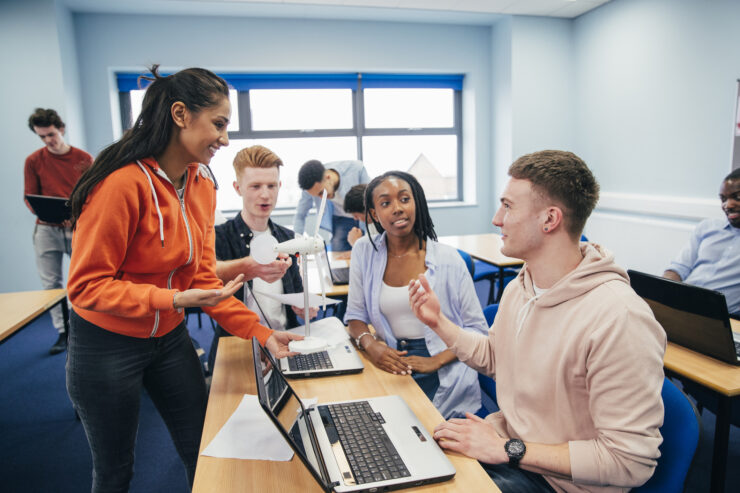Role of the Teacher
A law course addresses the right to freedom of religion, and while the teacher is discussing a legal case involving a Muslim woman, two male students make quiet comments to each other. After the break, a female student who wears a headscarf and sat near the two male students, does not return to class.
During a focus group with UU students, one of them commented that during class, other students or sometimes even the teachers make jokes about ‘#MeToo’ or say ‘don’t act so autistic’, which this student found quite hurtful and not funny at all. However, this student found it difficult to raise this issue with the teacher.
Inclusive pedagogy is defined as the teacher’s skills and attitudes regarding making inclusion work Florian, L., & Black-Hawkins, K. (2011). Exploring inclusive pedagogy. British educational research journal, 37(5), 813-828. .
Teachers are the main actors when implementing inclusive principles in the classroom and breaking down barriers to inclusion. Think for example of dealing with exclusion, handling tension, or using inclusive language, and at the same time being aware of your own biases when addressing students based on your own expectations. Importantly, teacher’s attitudes may empower or limit the successful implementation of inclusive principles Avramidis, E., Bayliss, P., & Burden, R. (2000). A survey into mainstream teachers' attitudes towards the inclusion of children with special educational needs in the ordinary school in one local education authority. Educational psychology, 20(2), 191-211. . Hence, “what teachers do in the classroom directly impacts students’ learning” Finkelstein, S., Sharma, U., & Furlonger, B. (2021). The inclusive practices of classroom teachers: a scoping review and thematic analysis. International Journal of Inclusive Education, 25(6), 735-762. .




